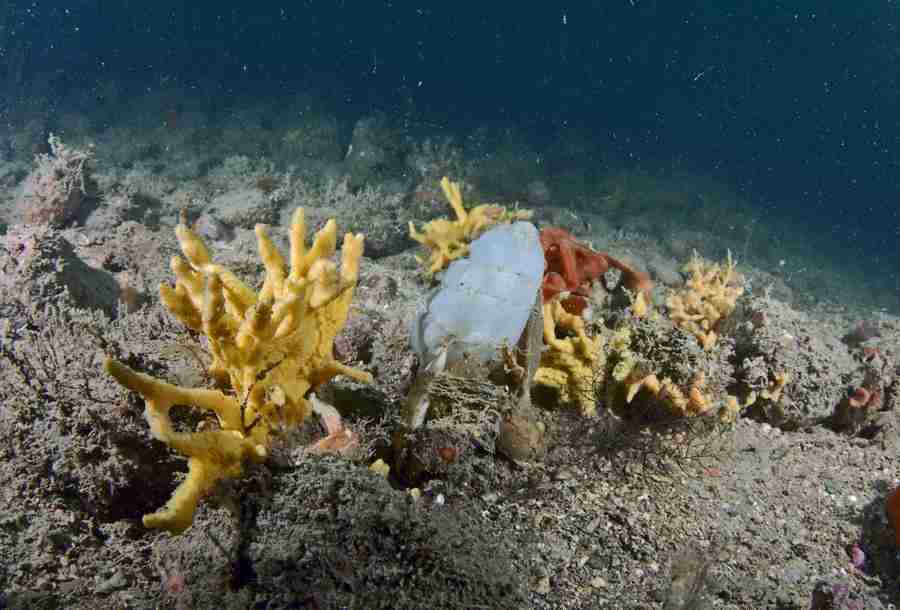Professor Mike Elliott Mike.Elliott@hull.ac.uk
Emeritus Professor of Estuarine and Coastal Sciences/ Research Professor, Institute of Estuarine and Coastal Studies
Professor Mike Elliott Mike.Elliott@hull.ac.uk
Emeritus Professor of Estuarine and Coastal Sciences/ Research Professor, Institute of Estuarine and Coastal Studies
Dr Krysia Mazik K.Mazik@hull.ac.uk
Senior Lecturer. Marine Biology
Mr Nick Cutts
Many estuaries and coastal sites are also classified as Special Protection Areas (SPAs) and designated as Special Areas of Conservation (SACs) under EU Designations. In England, all formal European sites (as opposed to those identified through policy measures only) must be first notified as SSSI. This is an important distinction as UK Government policy also includes potential SPAs, possible/proposed SACs, listed or proposed Ramsar sites and sites that form compensatory measures on statutory European sites. However, in the Designation Strategy, Natural England clearly states that it will ‘ensure that existing sites are notified for the right features including the designated features of overlapping Natura 2000 and Ramsar sites’.
This is further influenced by the growing number of managed realignment sites established around the coast as compensation measures as part of the Habitats Regulations Assessment process (HRA). These have arisen following a decision by competent authorities that adverse effects on the integrity of existing European sites cannot be avoided, that alternative solutions do not exist and that imperative reasons of overriding public interest apply.
It is implicit in the legislation and guidance that the habitats created must be of suitable quality to secure the coherence of the European site network. Furthermore, Government policy in England (para 118, NPPF, 2012) requires that any compensatory ‘land or water must itself be protected as if it were fully classified SPA or fully designated SAC. The logic of this is that it is highly likely that the Secretary of State will need to classify or designate the site as an SPA or SAC’ (Tyldesley & Chapman, 2013). It follows that many, if not all these sites, will be heavily monitored and supported by abundant data.
In contrast, unmanaged breaches of seawalls and beaches/dunes/shingle banks can, by their nature, be unexpected. Although rare, and likely to be restricted to seawalls where Shoreline Management Plans have recommended that existing walls will not be maintained, ecological data will probably be lacking. Different protocols may well be required to support the notification of these sites.
Both types create further issues for the existing criteria. For example, the size of the site is typically pre-determined and naturalness, typicalness, fragility and rarity can be difficult to assess in rapidly changing habitats. There is no scenario of ‘choosing the best examples’ and so the straightforward application of the criteria set out in Bainbridge et al. (2013) may not be possible.
It is clear, therefore, that any evaluation of the possible notification of managed realignment sites must meet several expectations. It follows that the process and criteria adopted should be robust, evidence-based and open to public scrutiny.
| Type of Project | Commercial/Industry - Research |
|---|---|
| Status | Project Complete |
| Funder(s) | Natural England |
| Value | £8,530.00 |
| Project Dates | Jan 1, 2018 - Dec 31, 2018 |
| Partner Organisations | No Partners |

NE-IFCA bait-digging MSc. Jan 1, 2017 - Sep 30, 2018
North-East IFCA have applied for funding from Defra to investigate bait-digging pressure in the region. A one-year studentship with IECS supervision has been proposed.
Evidence based approach to effect of decommissioning on MPA conservation and ecosystem services Feb 1, 2017 - Jan 31, 2018
Building on existing frameworks, we will develop a Decision Steering Document (DSD) which contains a transparent, defendable and more streamlined procedure for identifying and assessing scientific evidence. The DSD will facilitate decision-making for...
Read More about Evidence based approach to effect of decommissioning on MPA conservation and ecosystem services.

Sublittoral rock indicator: spatial correlation between environmental conditions and biological data Jan 1, 2017 - Jun 1, 2018
The Joint Nature Conservation Committee (JNCC) wish to develop and calibrate the ‘morphological diversity of sponge assemblages plus anthozoan species composition and abundance’ indicator for the monitoring of sublittoral rock. Initial analysis of So...
Read More about Sublittoral rock indicator: spatial correlation between environmental conditions and biological data.
Neyland marina dredging impact study Jan 1, 2017 - Dec 31, 2017
NEYLAND YACHT HAVEN DREDGING : STATISTICAL ANALYSIS 2004-2016
Analysis of benthic and sediment (particle size parameters) data for the Neyland Yacht Haven dredging project.
spatial analysis of benthic community and sediment parameters for 2016...
Read More about Neyland marina dredging impact study.
Waterbird assessment for proposed habitat compensatory sites Jul 15, 2016 - Mar 31, 2017
The project is carried out at the Proposed Skeffling and Welwick realignment sites on the behalf of the Environment Agency on the Humber Estuary. The schedule bird survey programme covers the passage period and aims to gather baseline bird data in or...
Read More about Waterbird assessment for proposed habitat compensatory sites.
About Repository@Hull
Administrator e-mail: repository@hull.ac.uk
This application uses the following open-source libraries:
Apache License Version 2.0 (http://www.apache.org/licenses/)
Apache License Version 2.0 (http://www.apache.org/licenses/)
SIL OFL 1.1 (http://scripts.sil.org/OFL)
MIT License (http://opensource.org/licenses/mit-license.html)
CC BY 3.0 ( http://creativecommons.org/licenses/by/3.0/)
Powered by Worktribe © 2025
Advanced Search